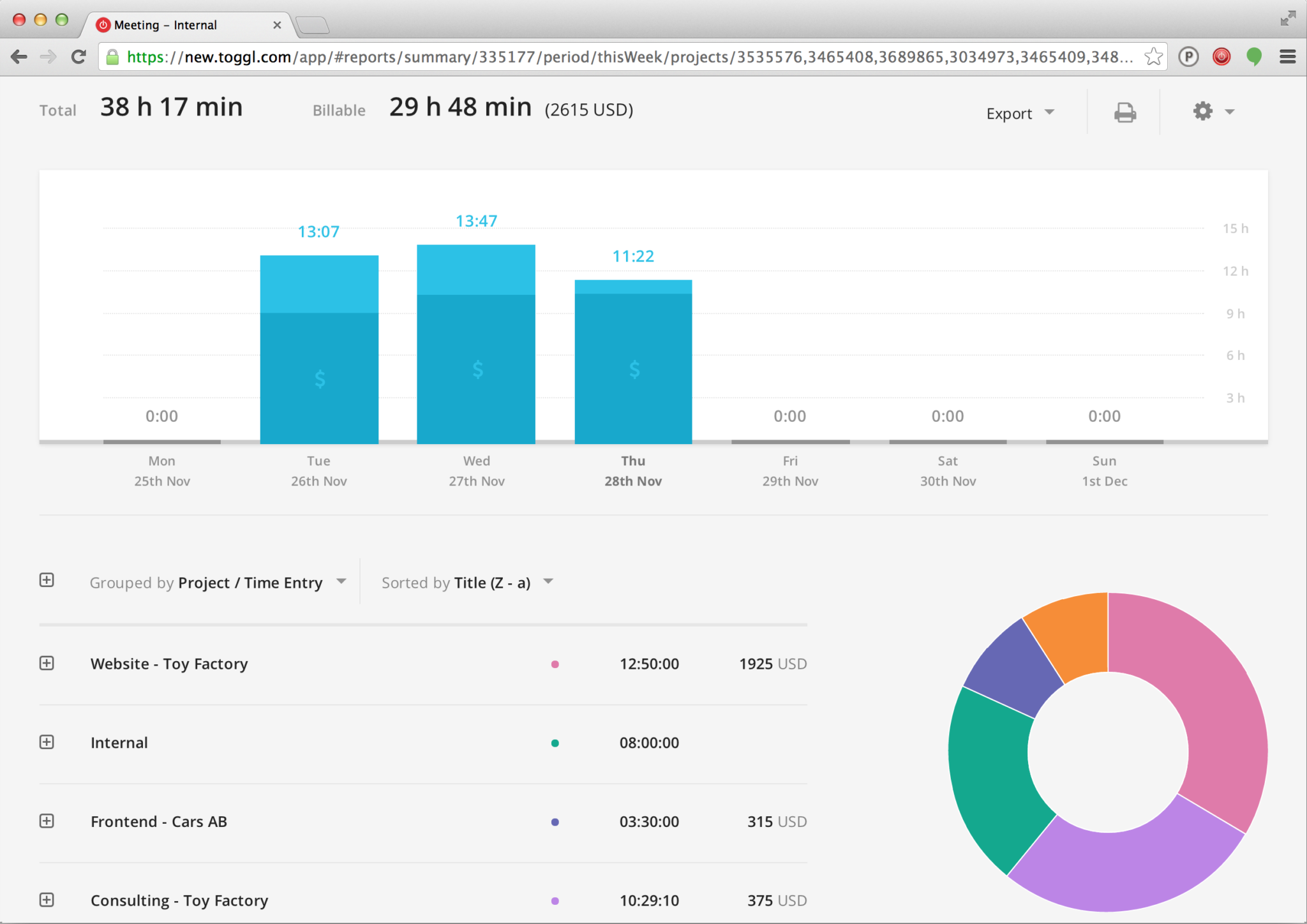Making it work with UX remote team is one of the most frequently asked questions in the sphere of UX and design. Quora is buzzing with questions that have very few answers on the subject. And the reason why so many people wonder how to make it work, is that working with remote contributors has become a global reality now. Companies like Automattic and Basecamp firmly believe that working with remote contributors is the future of work culture.
Working with remote contributors is getting more and more popular for various reasons. Let’s consider the most obvious benefits:
- UX Remote team allow savings on infrastructure, and also through increased engagement, productivity, and retention.
- With stronger autonomy via location independence, workers produce results with 40% fewer quality defects.
- Remote contributors allow you to choose from a wider pool of resources. Geography is not a hindrance to recruitment anymore.
These are some of the most obvious benefits of working with UX remote team or contributors. But there are some other compelling reasons that you should look into.
- According to the American Psychological Association, with the right implementation, remote work can improve performance, increase employee satisfaction and benefit a business.
- This Gallup research study describes how remote working can be effective for businesses.
While these statistics speak gloriously of the remote working culture, most companies are still hesitant to employ this option. The reason? Working with remote contributors is hard. It is every bit as difficult as it sounds. Communication is a huge problem and supervision becomes a challenge in such cases. So how can you achieve efficiency and productivity while working with remote contributors? Follow this brief guide to get a glimpse into what challenges you will face and how to overcome them.
Communication

One of the major drawbacks of having remote contributors is that it is not possible to get everyone in one room and start off with a project. So one of the first things that suffer when working with remote contributors is communication. While technology has made it very easy to connect, too often remote contributors are reduced to a faceless online persona on Skype or Slack. And it is very important that the human touch is preserved in order to maintain good communication. Let us study the case of Sunita Reddy, Vice President of Product at UXPin.
Sunita works with over half the team in Poland and the rest in California. Not only does she deal with two locations, but she has to tackle different time zones, cultures, and even language skills. It cannot be an easy task at any rate. But looking at UX Pin’s success, there must be something that they’re doing right. Sunita noticed during her first visit to Poland, how her communications were all polite and reserved. She wanted to be able to have water cooler conversations with the remote team members over Slack in order to maintain a sense of familiarity. She took a lot of first steps and broke the barriers in order to start that trend. But it took a lot of time and effort for that to happen. This resulted in the teams having regular conversations online and breaking down the technology barrier over time.
Culture

A big part of successful remote working lies in the work culture. Remote contributors will only be at their best if they feel valued and trusted. The CEO of Basecamp, Jason Fried, acknowledges this:
“A big part of it, in my opinion, it comes down to culture. If you have one remote worker and 35 local workers, that’s a problem because there’s a real disconnect between people at the office and that one lone person. The culture splinters into the “here” culture and the “there” culture. It becomes almost like there are two companies, and that’s what you have to avoid.”
Another thing to keep in mind is the actual difference in culture. Your remote contributors may be from a different country, or a different continent even. The cultures can vary vastly. This needs to be acknowledged and worked upon. For example, if you have difficulty understanding each other on the calls, maybe you could share the agenda beforehand to ensure everyone has the context to follow and then summarize it by writing down the minutes and sharing them.
Another great way to overcome cultural barriers is to introduce a virtual downtime for everyone in the team. It could be a video conference where you conduct small activities or even something unorthodox like playing online games with each other.
Organization

It is very important to be super organized when it comes to working with UX remote team. Collaboration in any setup is key to successful offshore team management, but when working with a remote contributor, it becomes doubly important. Because of the difference in location, priorities and obligations may differ. It is better that nothing is left unsaid.
A very simple way to overcome this is to document meticulously. Use any tools that fit your needs, but make sure everything is documented and followed upon. A sense of responsibility and accountability will only be maintained if you, as the manager of this setup, proves to be responsible in your following up and documenting. Of course, you can delegate tasks to team members but make sure you are on top of things.
Another important requirement for remote contributors is to have a set Point of Contact. As opposed to in-house staff, remote contributors cannot have multiple people to report to, unless a very specific agreement is worked upon. You need to set up a single point of contact for your remote team/ contributors so that there is no confusion regarding whom to report to, and whom to take instructions from.
Handy tools
When it comes to team management, there is no dearth of tools. You can select from a range of tools as per your requirement. However, here are some tools that have proven to work that we recommend:
Google Docs: Whether it is documents, sheets, or presentations, Google does not disappoint with its convenient and universal features. These documents are easy to collaborate on, and very communication friendly.

Image source: chrome.google.com
Slack: Slack is a versatile communication tool. It never forgets and makes communication very easy. On top of it, it maintains an appropriate level of casual friendliness with its UI that allows coworkers to connect beyond just work details.

Image source: Slack.com
Basecamp: Basecamp makes its own case by having a huge remote team. The features on basecamp allow the team members to list out there tasks and priorities and update the same as they go.

Image source: Basecamp.com
Toggl: One of the most widely used tools by design firms, Toggl allows its users to provide on task updates in real time. It is an excellent tool for updates, follow-ups, and team management.

Image source: support.toggl.com
Asana: Asana is a mix between Basecamp and Toggl but it is more marketing focused. It allows you to update the team and pull out reports on the go.

Image source: asana.com
Pinterest: Pinterest allows designers to create their own boards and share those for creative ideation and brainstorming. It is a great tool to be utilized for designers and product managers.

Image source: pinterest.com









